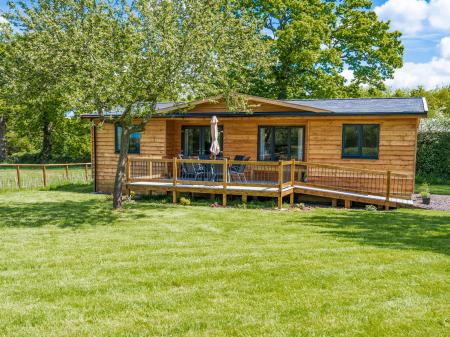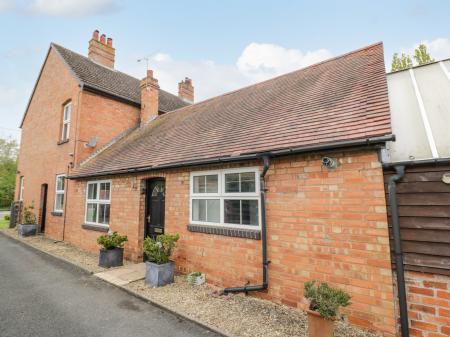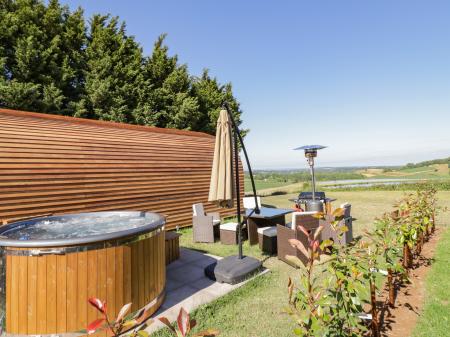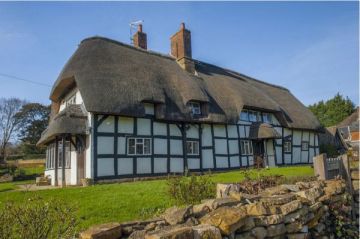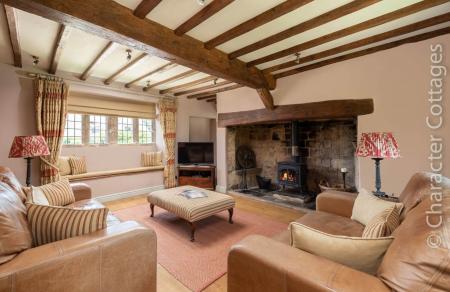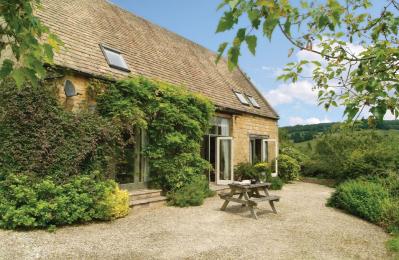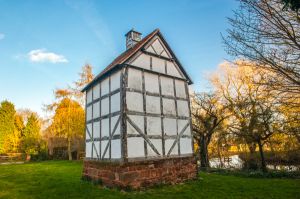
There are 560 nesting boxes, arranged in 14 rows, with 10 in each row. The dovecote was restored in the 20th century.
History
There was a moated manor house at Wichenford at least as early as the 15th century, complete with a gatehouse and drawbridge. The manor was owned by the Washbourne family from the early 15th century through the late 17th century, so it seems clear that the dovecote was built for them.
The most famous episode in the history of Wichenford Court came during Owain Glyndwr's rebellion against Henry IV at the turn of the 15th century. It seems that a French noble was held captive in the manor house, but was murdered by Margaret Washbourne. A stain on the stairs is said to have been made by the unfortunate captive's blood. Thankfully there is nothing so macabre about the dovecote, which is a supremely beautiful example of vernacular architecture.
Visiting
From the centre of Wichenford village take the signposted turning onto Venn Road. You go past the church on your right as you leave the village, and come to a sweeping right corner. Opposite the corner, a signposted lane leads off to the left towards Wichenford Court and the dovecote.
The dovecote is directly beside the Court's moat, just past some farm buildings, and there is a small parking area on the right side of the lane. The location is idyllic, and every time I've visited I couldn't help but be overwhelmed with a sense of timelessness.
Don't be fooled by the chain on the dovecote's small door. At first glance, it looks like the door is locked, but it's just a heavy-duty chain with a spike on one end pushed through an iron loop. Slip the spike out and you can easily open the door enter the dovecote interior, though the doorway is raised well off the ground so a large step up is required!
The first thing you notice is the cobbled floor, made of small stones smoothed to a shine from centuries of foot traffic. he ground floor has a base of brick and stone, and above that are the nesting boxes, arranged neatly in rows, supported on brick pillars. The centre of the dovecote is open to the rafters, and you can easily make out the underside of the tiled roof, and the pegged construction.
Outside you get a much better look at the peg construction, with thick wooden cylinders inserted in holes taking the place of nails. Near the doorway is a section where the plaster has been removed so you can see how the lath and plaster wall is constructed using lengths of branches woven to form a framework and plaster pushed into the cracks.
The dovecote is ostensibly open from 9-6pm or dusk, though there's nothing to keep anyone out of the field, so I'm not sure how seriously to take the opening times. Just a short distance away is another historic dovecote at Hawford.








 We've 'tagged' this attraction information to help you find related historic attractions and learn more about major time periods mentioned.
We've 'tagged' this attraction information to help you find related historic attractions and learn more about major time periods mentioned.